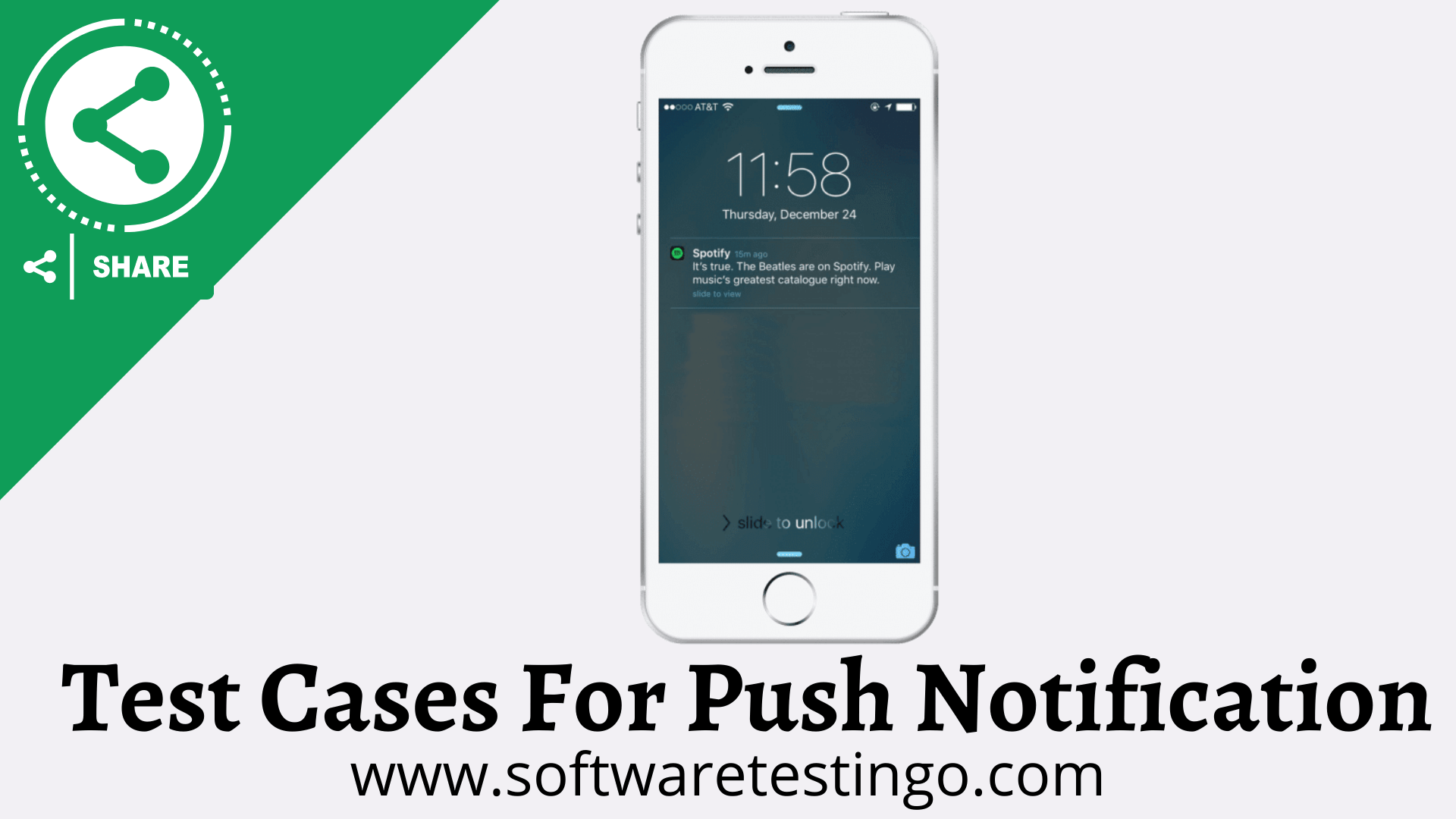Notification Test Cases & Test Cases For Push Notification: Push notifications are messages or information sent to users who have agreed to receive them. For this, you must agree to receive the alerts. Notification means providing information. These notifications allow you to receive text messages and social media post alerts even when your device’s screen is locked or the app isn’t open. This means you can stay connected without having to keep your apps open all the time.
| Post On: | Test Cases For Push Notification |
| Post Type: | Test Cases Example For Web Application |
| Published On: | www.softwaretestingo.com |
| Applicable For: | Freshers & Experience |
| Join Here: | Telegram Group Software Testingo |
To ensure that your customers never miss a beat, it’s important to implement a push notification service. This is a great way to keep your customers updated on the latest trends, news, and offers.
Plus, they can notify your customers of any important updates or changes that need their attention. In this push notification test case, we’ll show you how to set up and use a push notification service in your business.
What is a push notification mean?
Push notifications are messages sent directly to a user’s phone. They can appear on the lock screen or at the top of the phone. Only apps that the user has installed will be able to send notifications.

Why do we need notifications?
Push notifications can also enhance the user experience by providing useful information. For example, you can use them to provide users with updates on your app, new promotions, and offers friendly reminders or birthday wishes.
Test Cases For Push Notification
Below are some important test cases for push notifications or notification test cases.
- Make sure you know whether the notification is a normal Push notification or if there’s an action that can be performed on it.
- Make sure you receive notifications even when the app isn’t running.
- Ensure the message and title that pops up as a push notification meet your requirements.
- Make sure you can tell which app notification is from without clicking on it.
- Check that you received the notification once you open the app.
- Check if the notification is delivered in different time zones.
- Make sure you verify the notification when the app is closed.
- Check and verify any notifications you receive if you’re not logged in to the app.
- Check whether the user is receiving the notification when using another application.
- Check whether the user is receiving the notification when mobile data is off.
- Check whether the user is receiving the notification when mobile data is on.
- Is the notification clickable? If so, what will open when you click it?
- Verify that the user is landing on the valid page after clicking on a push notification.
- The notification count should be updated on the application’s icon if the user doesn’t click on a banner.
- Make sure you hear a sound, feel a vibration, and see the notification light blinking when you receive a new notification.
In the foreground: When a notification comes in the foreground, then the notification will display directly on the app.
In the background: check that When a notification comes & device is locked, the application should get launched if the user opens the device by sliding the notification. - Check When a notification comes & device is not locked; then the notification comes in the banner. If the user clicks on the banner, the application launches, and the notification will be shown in the notification tray if a user cannot click on the banner. From the notification tray, the user can click on the notification & user can move to the application.
Conclusion:
We Guess after going through all the above test cases for notifications, you will get an idea about the push notification. But still, if you find any missing gaps that will help you validate the push notification, then you can inform us in the comment section.

Hi Iam ISTQB certified…